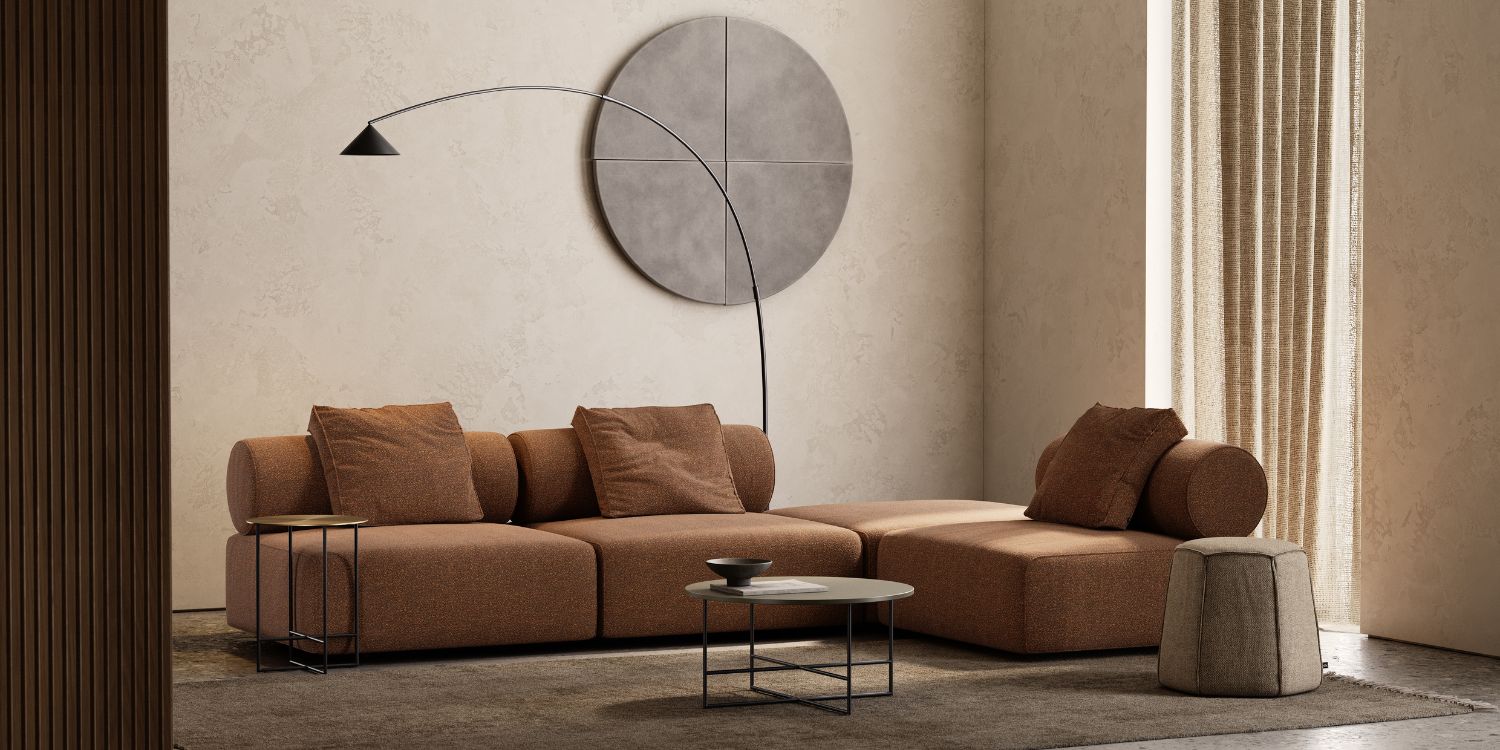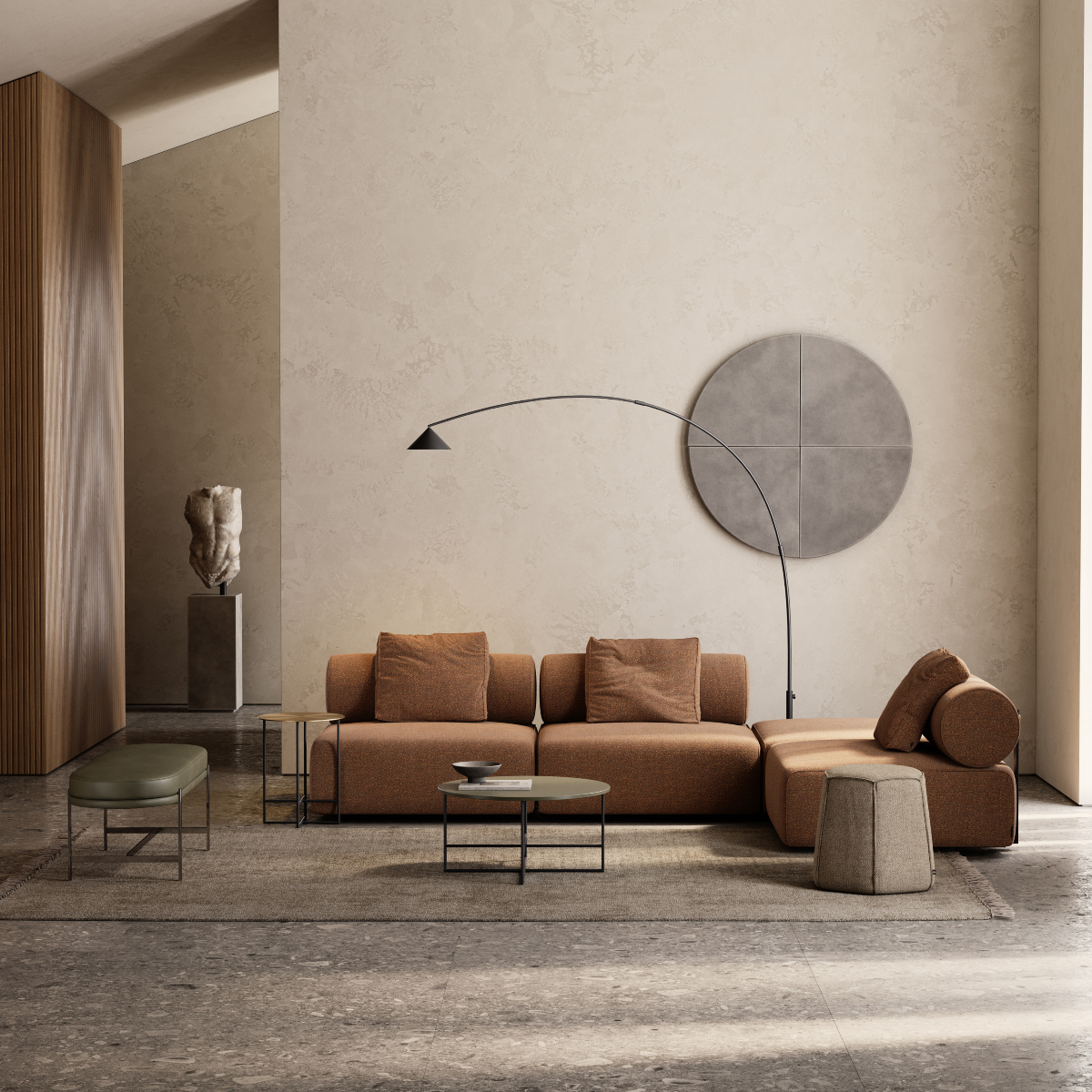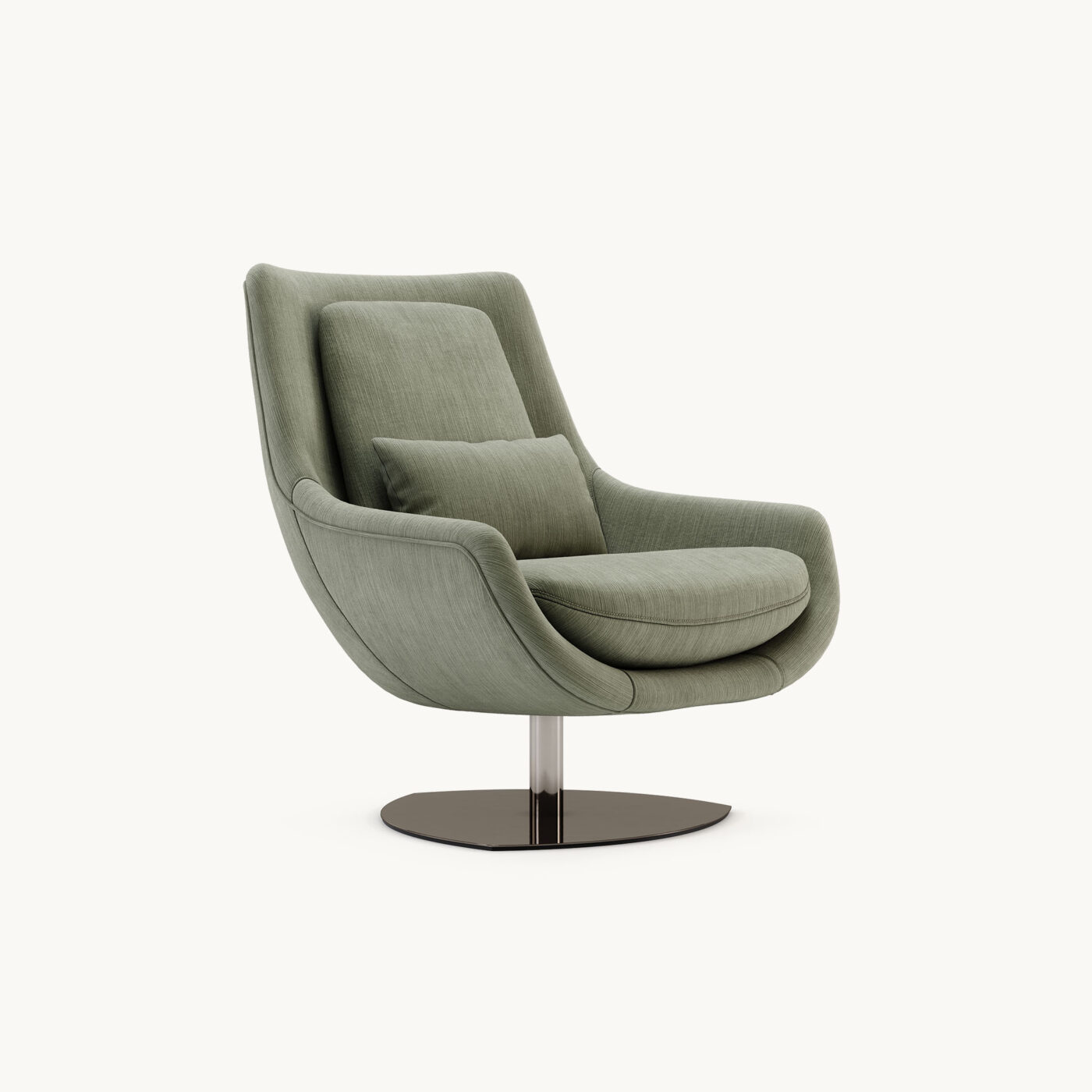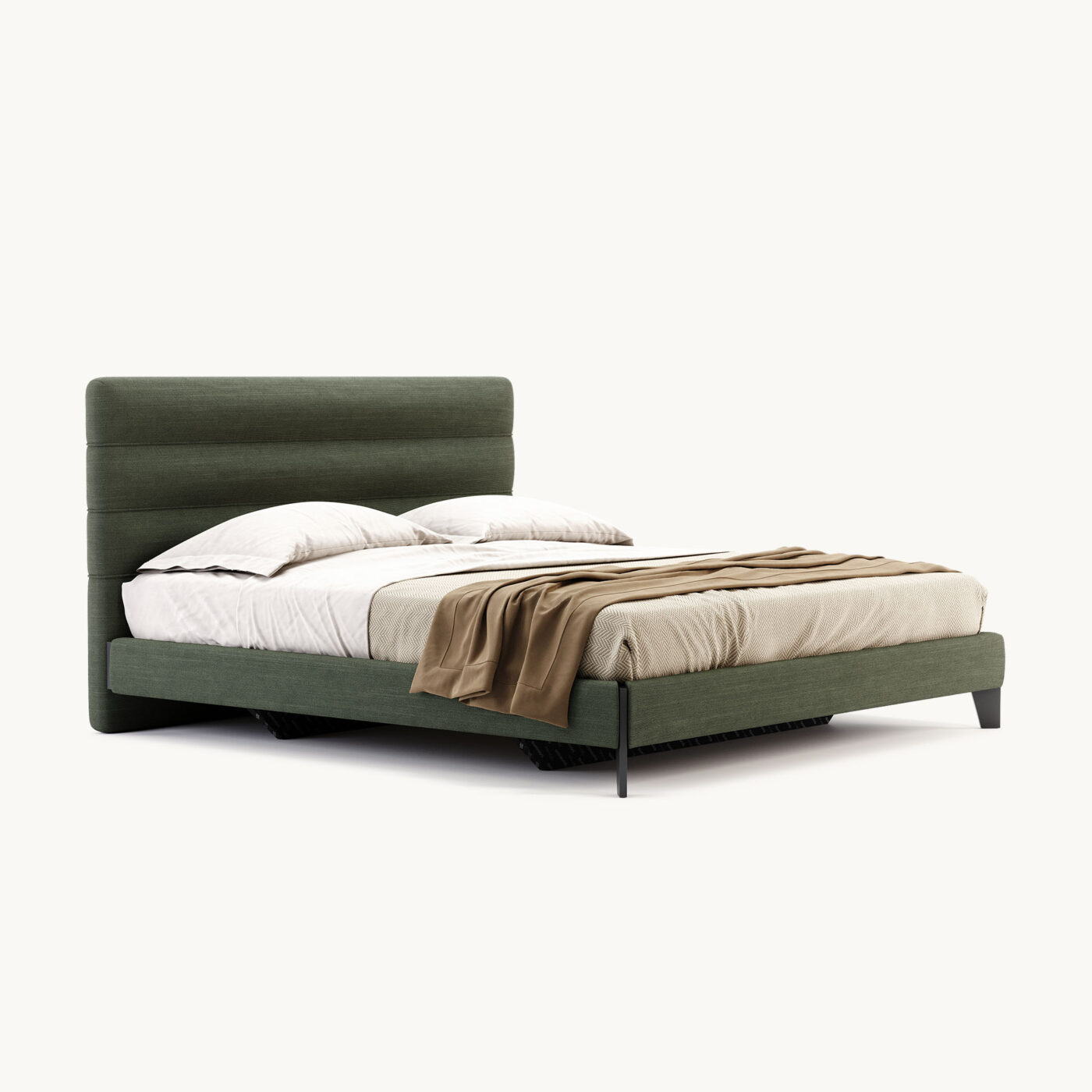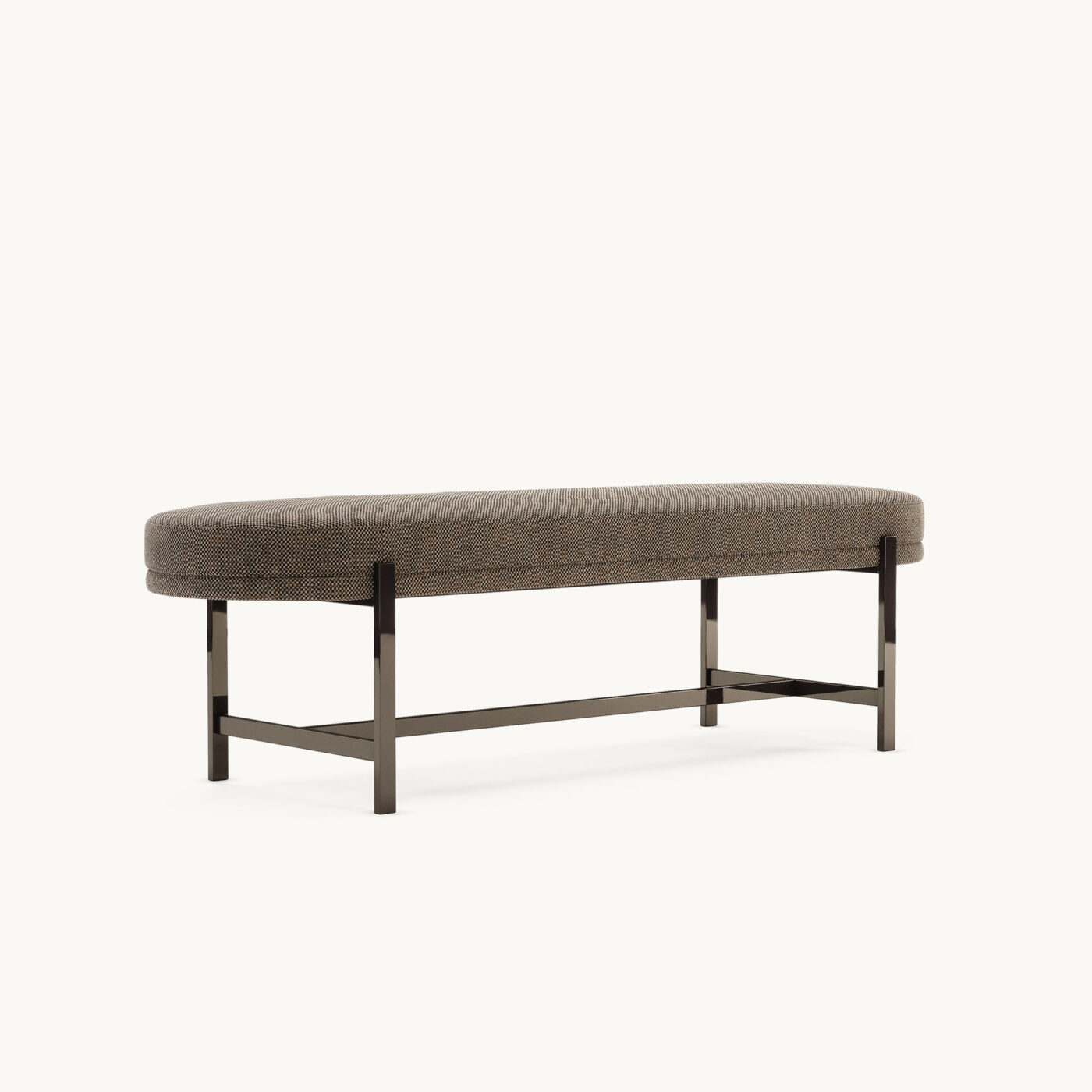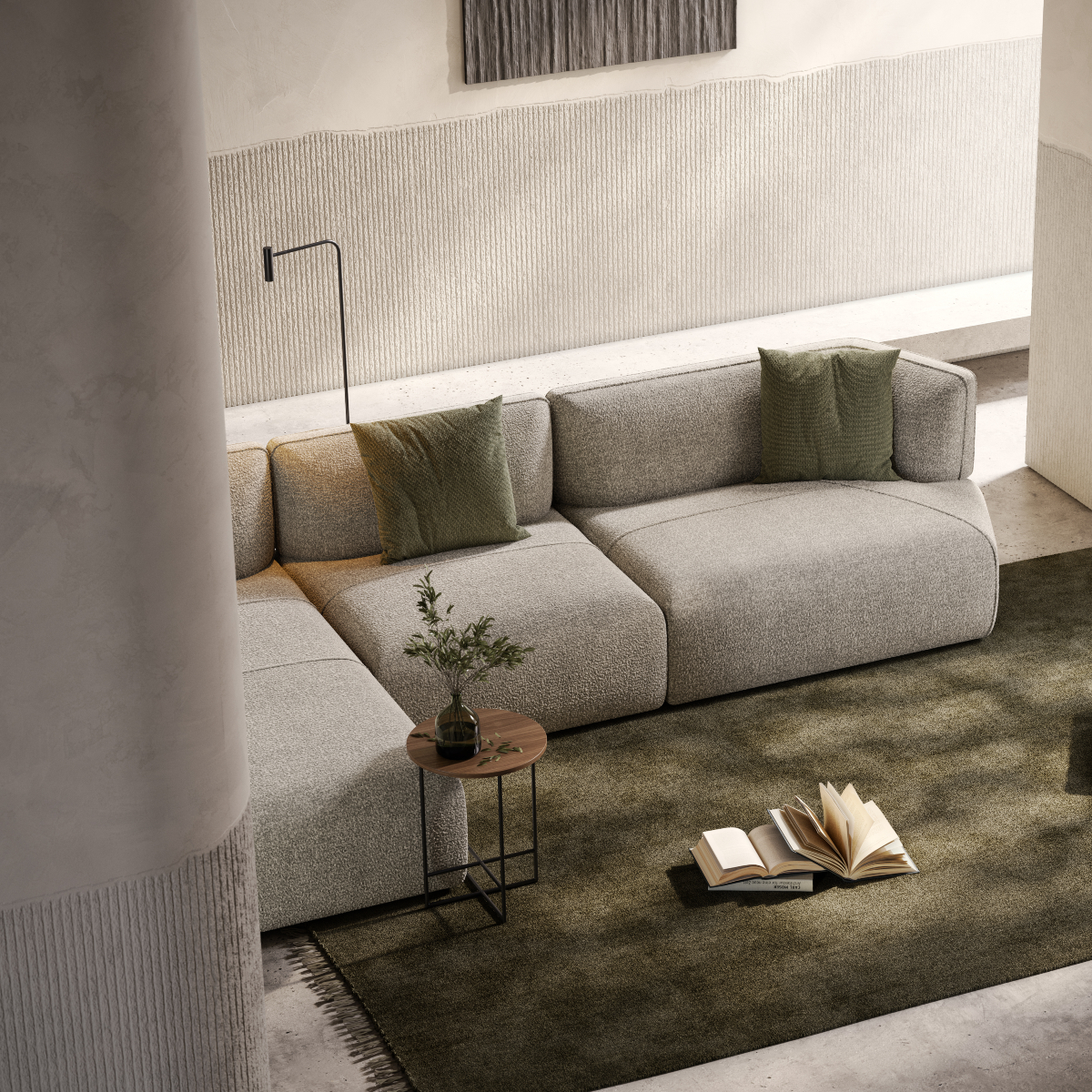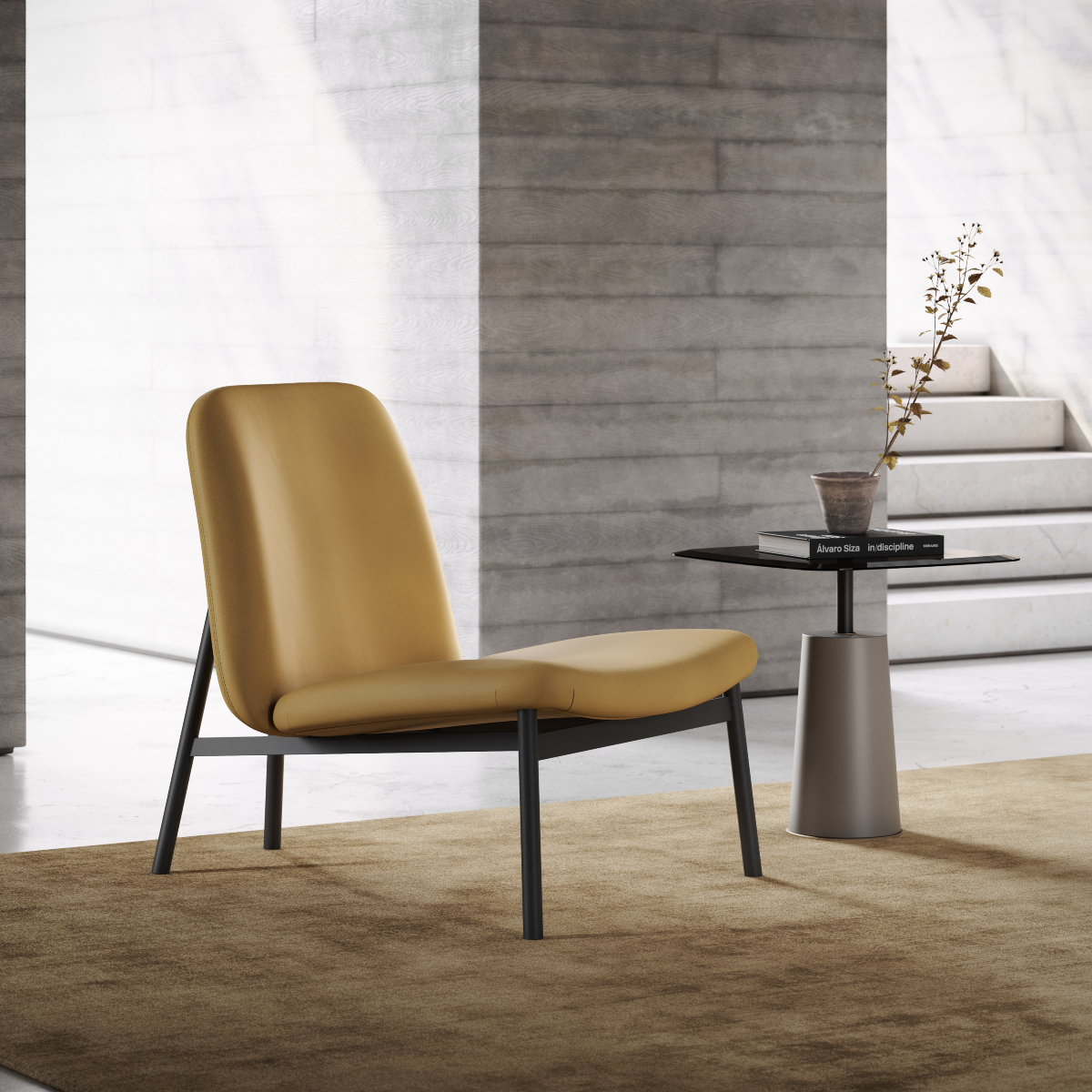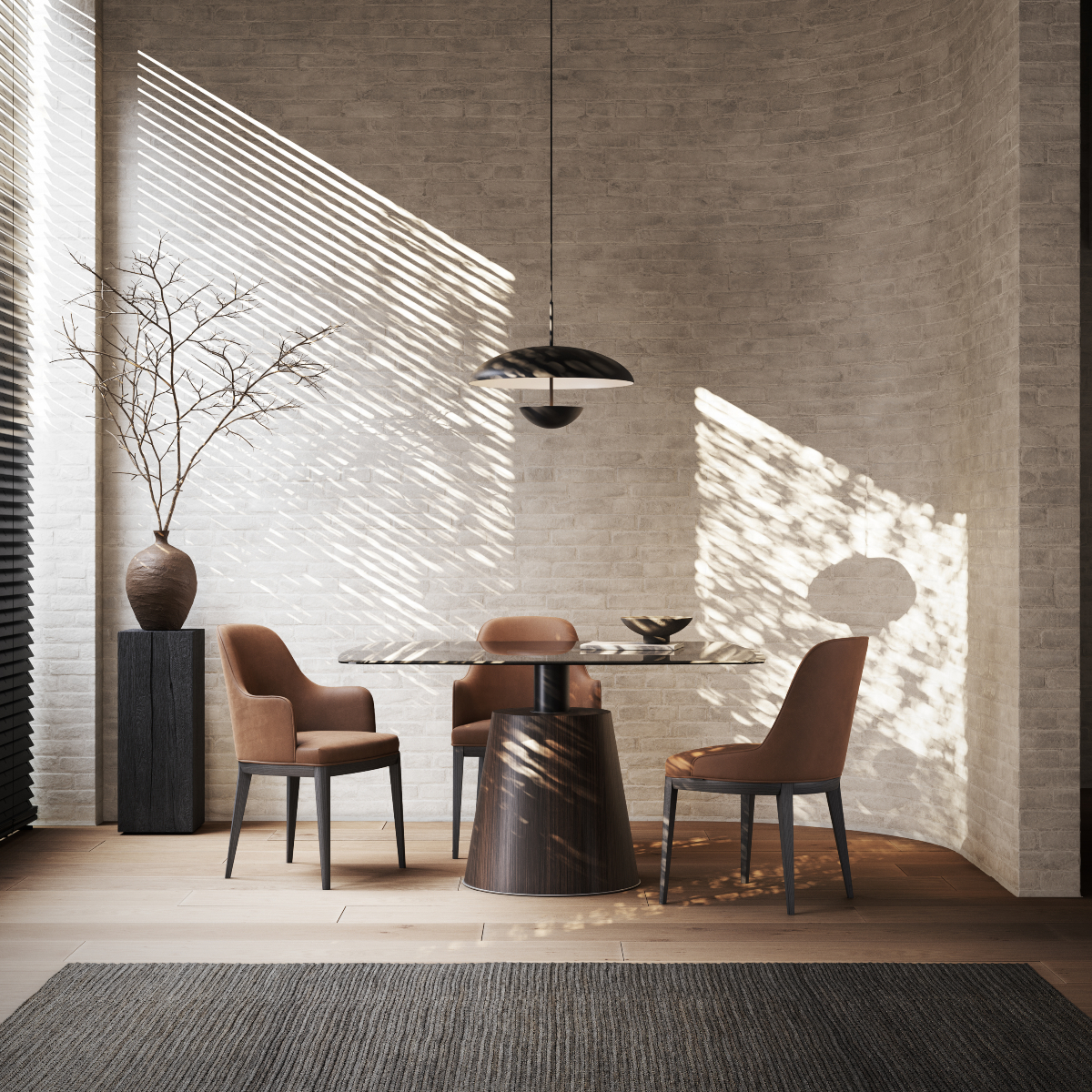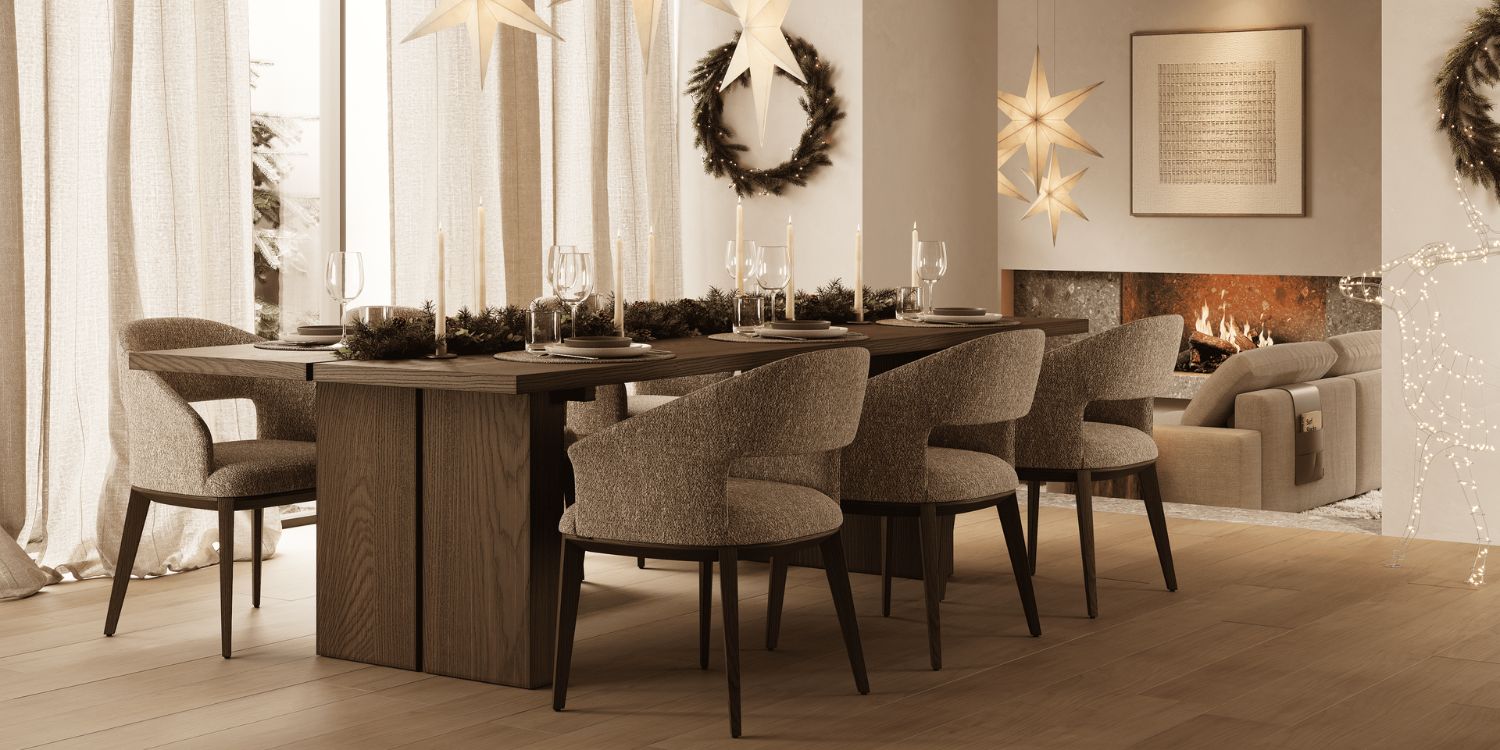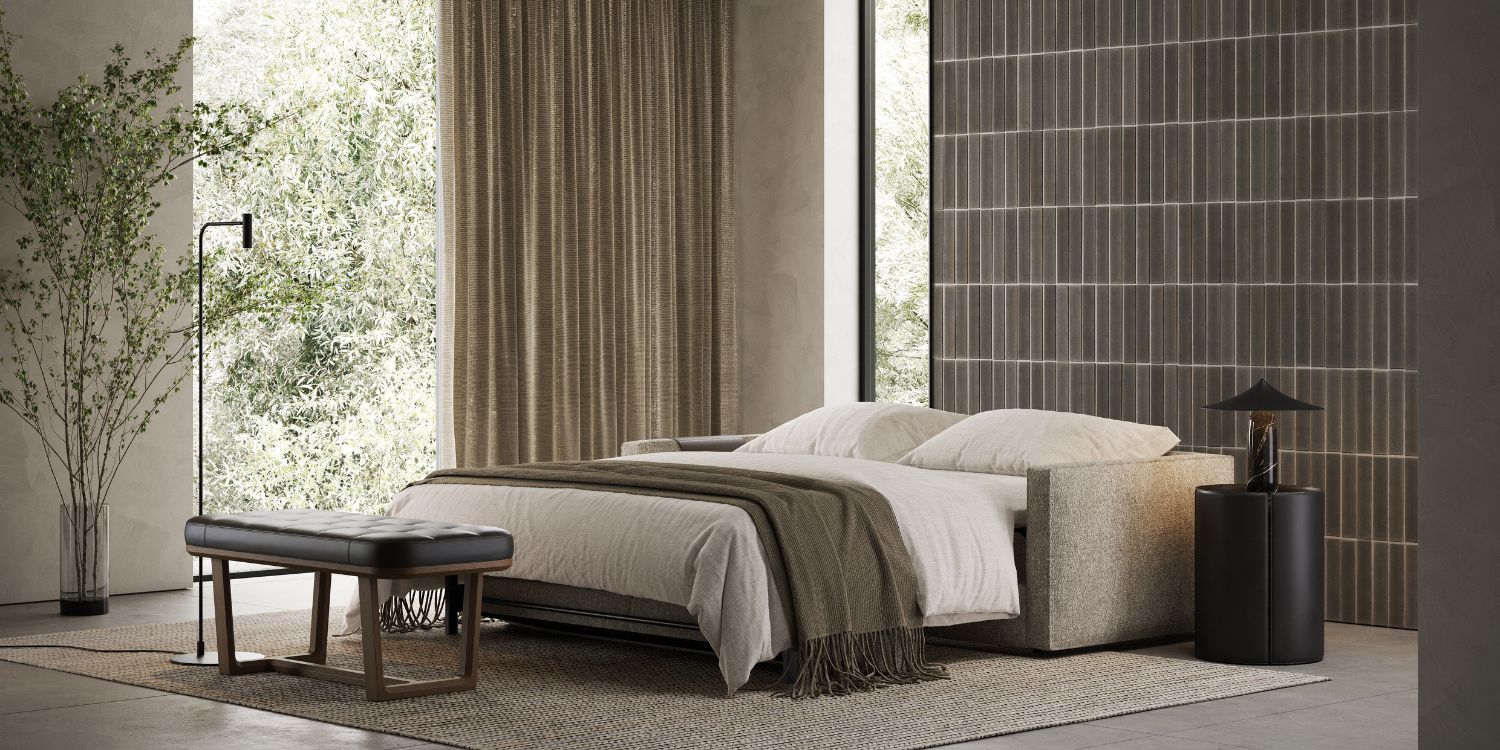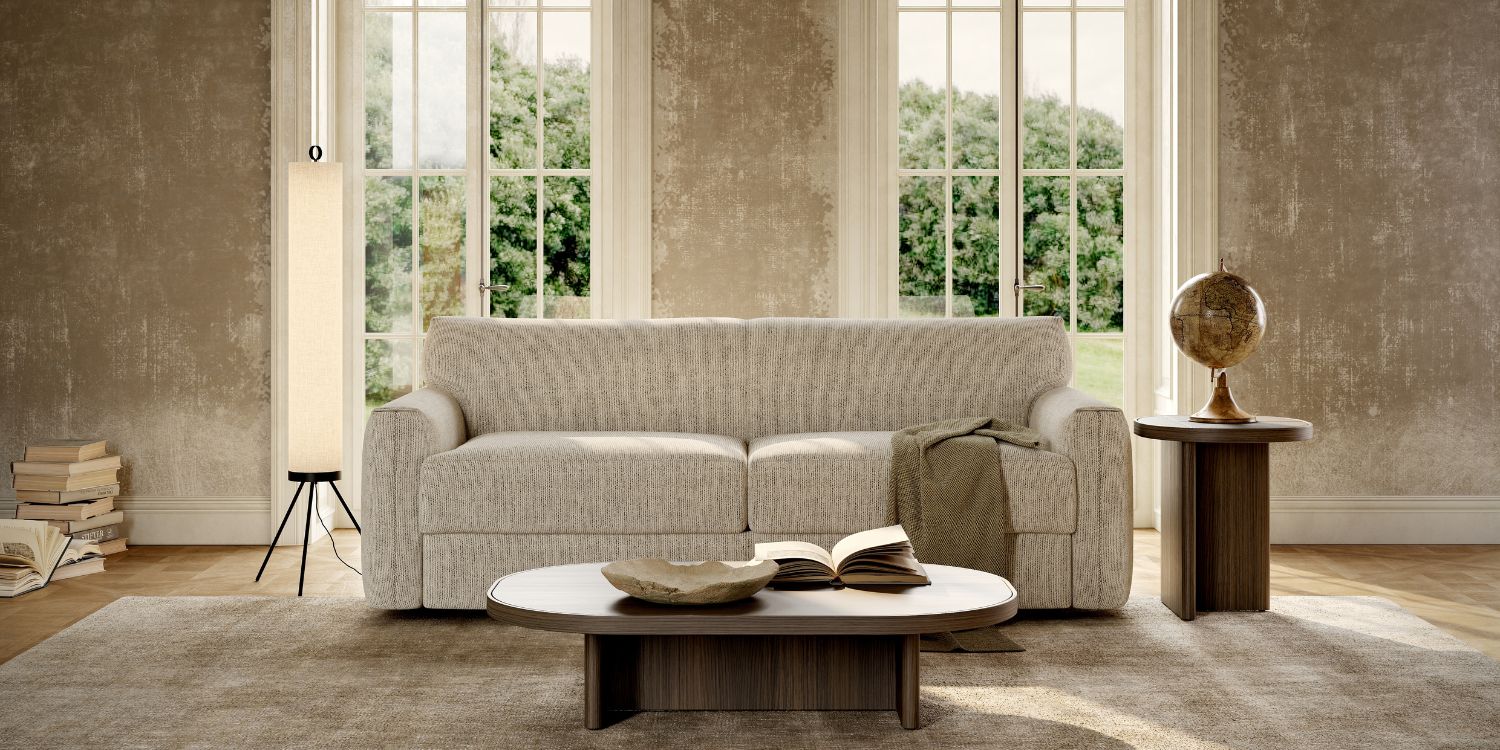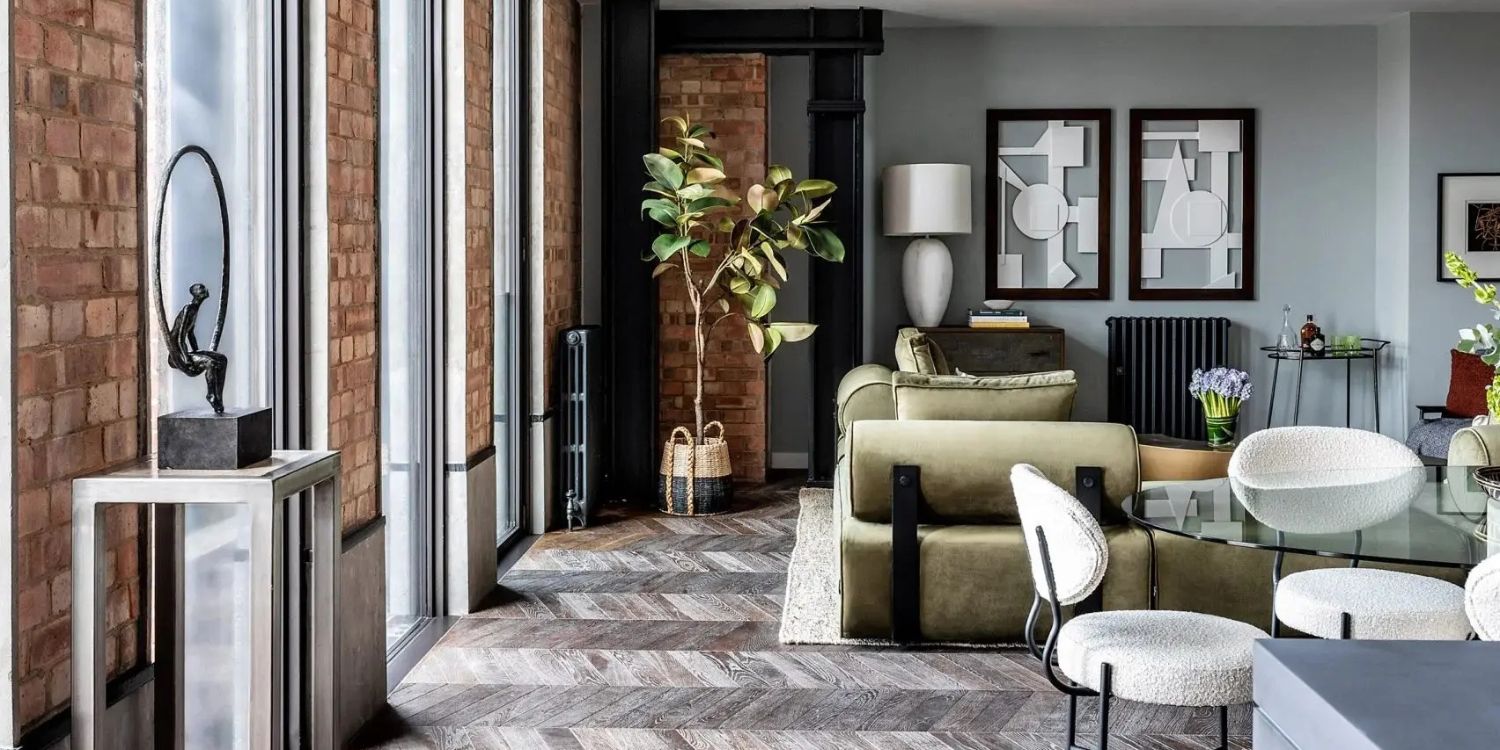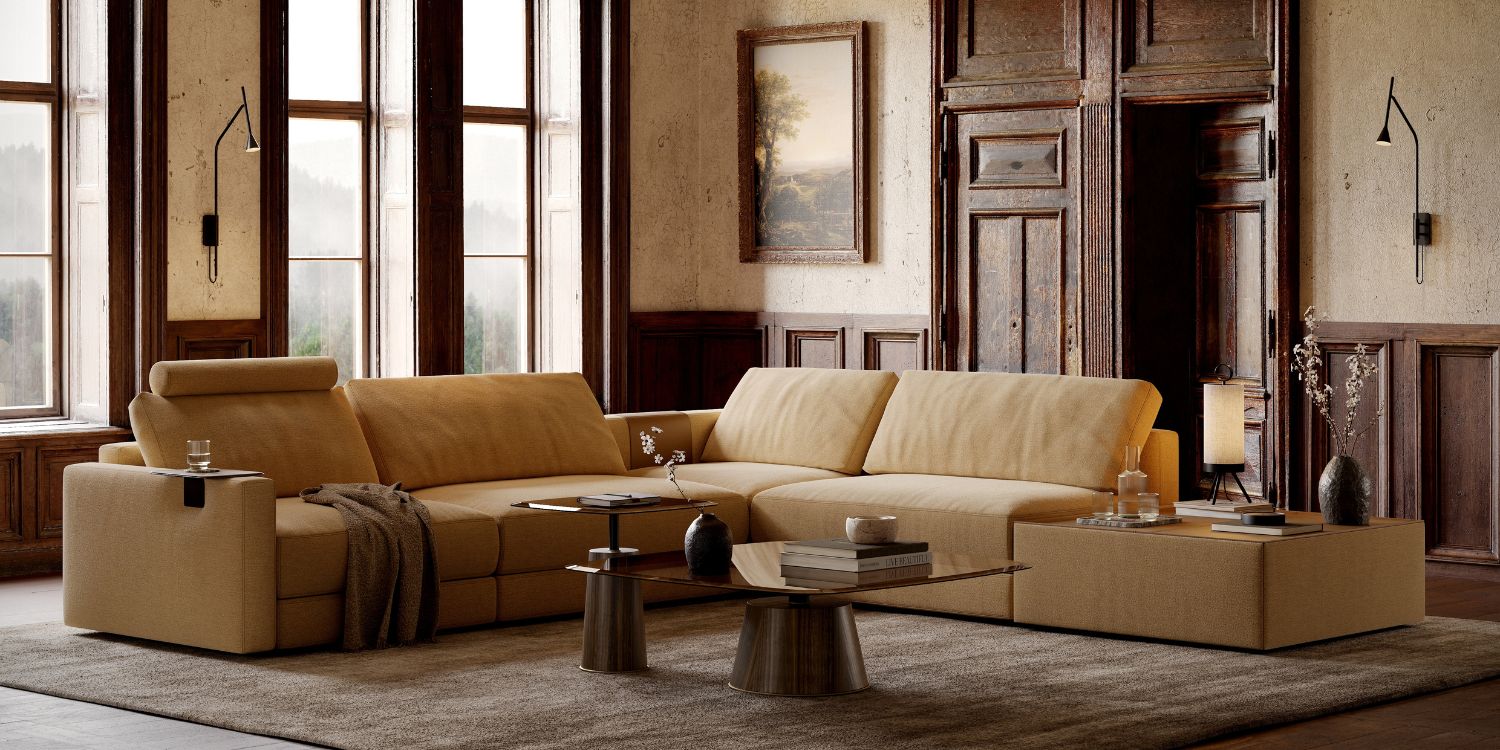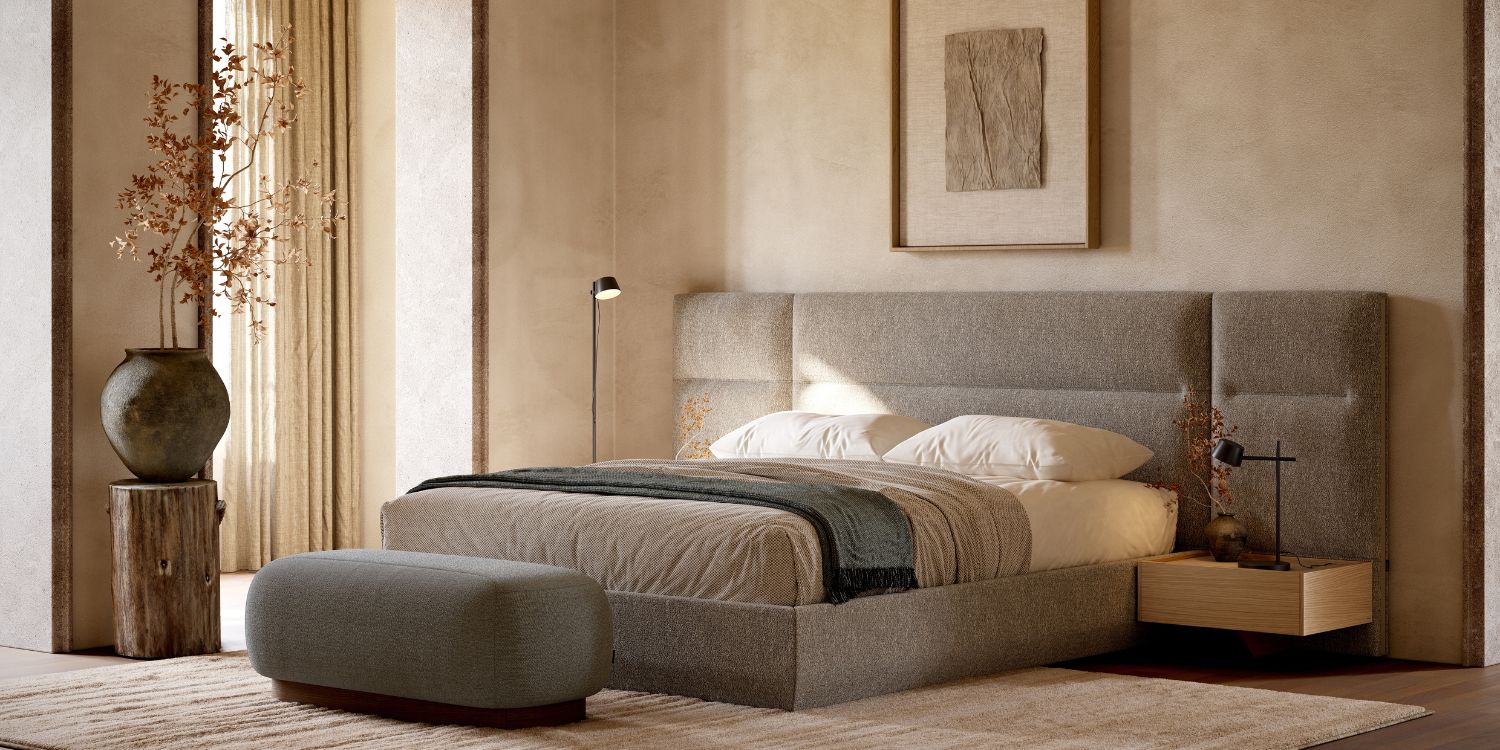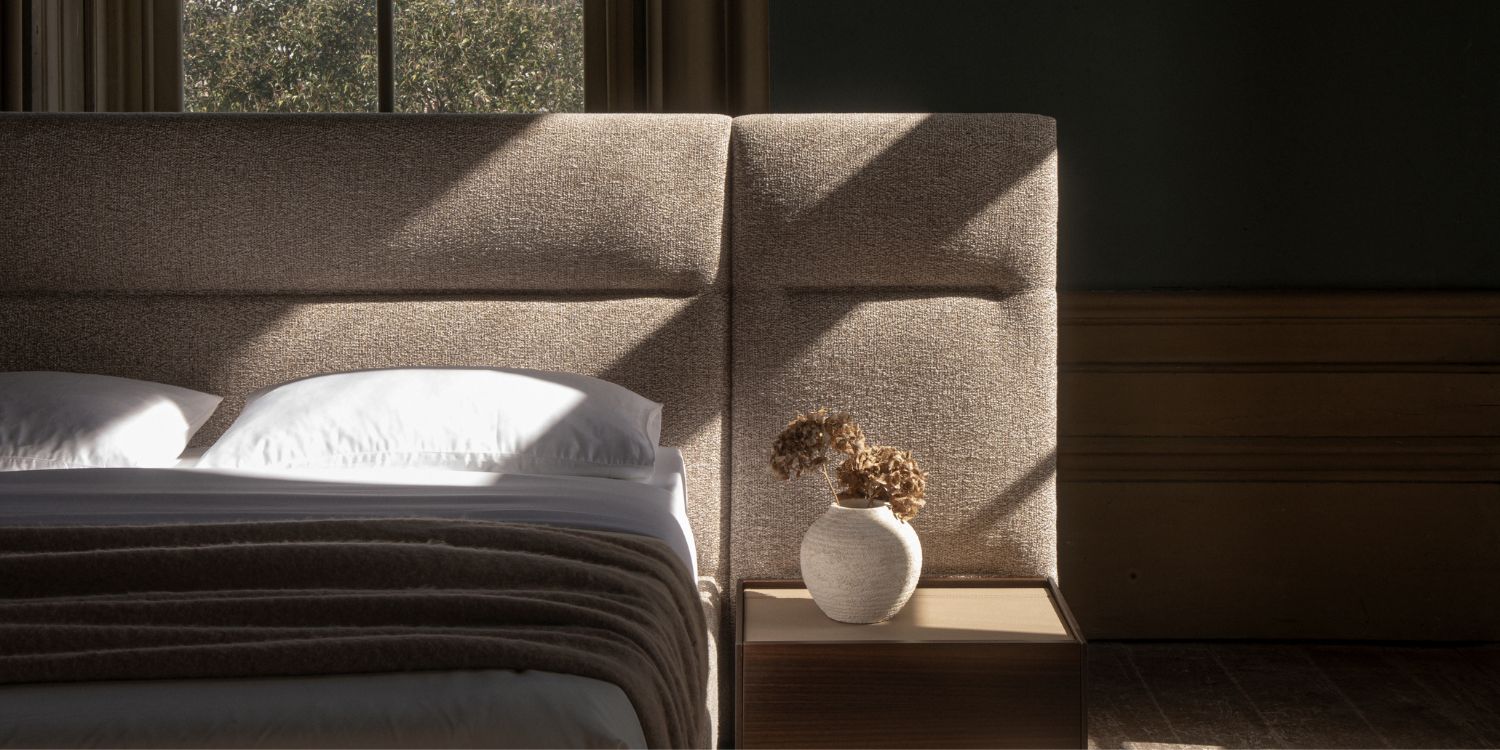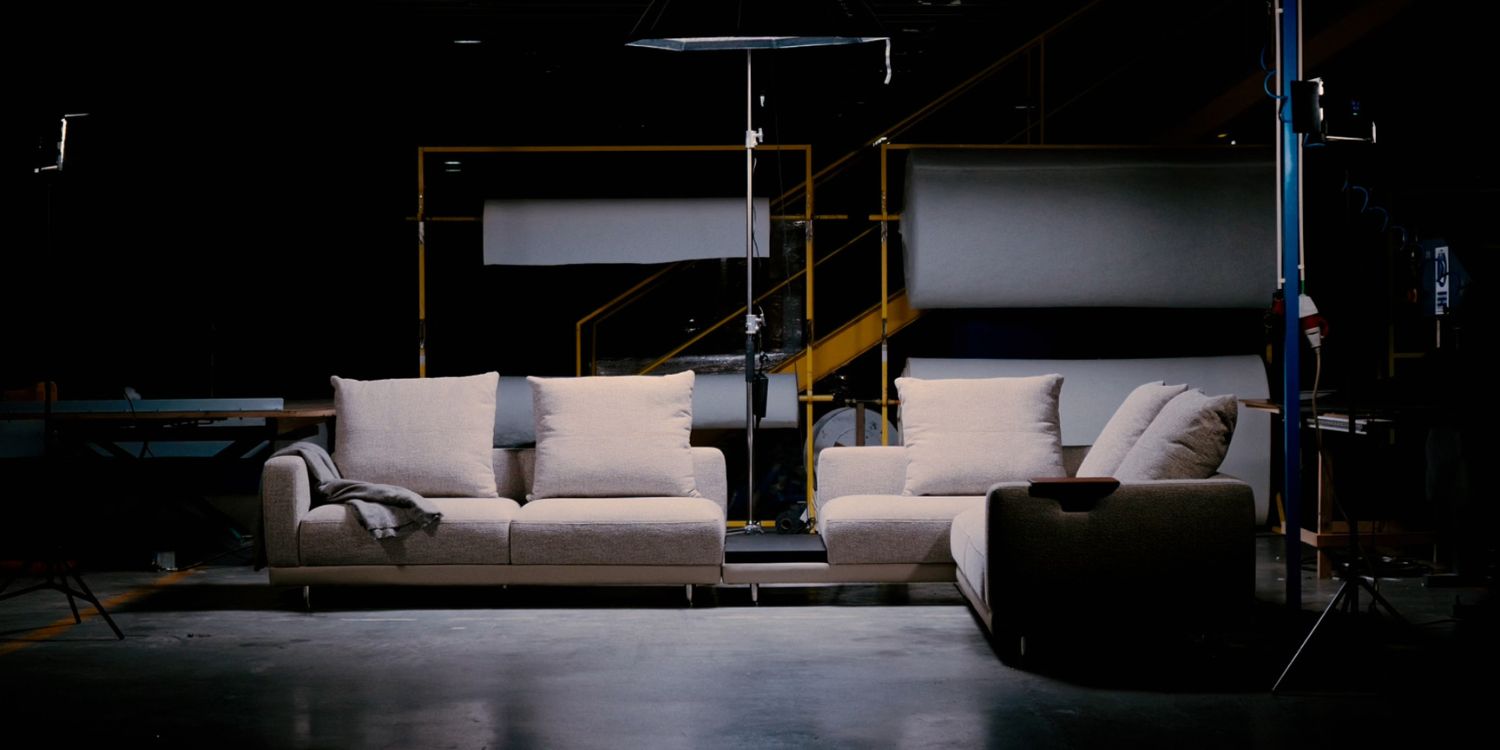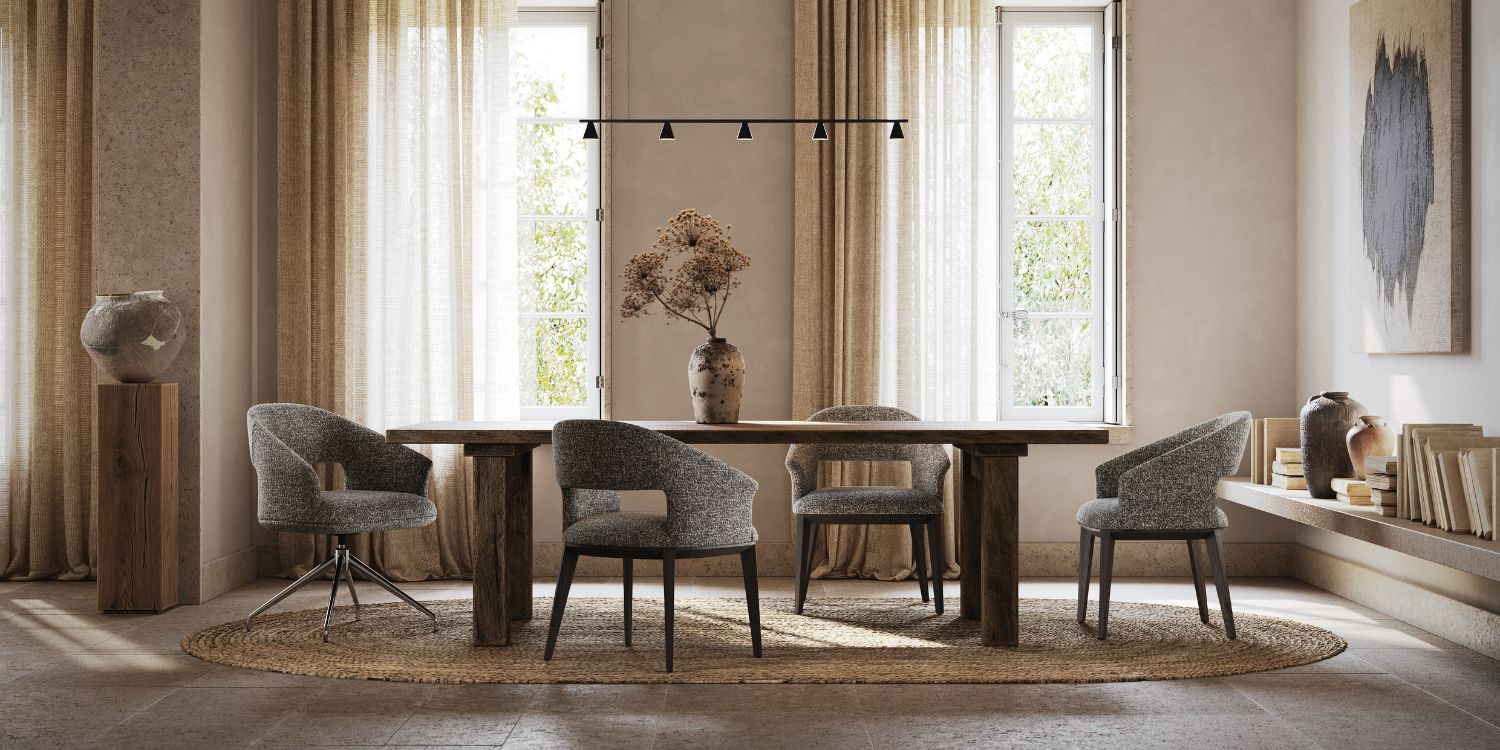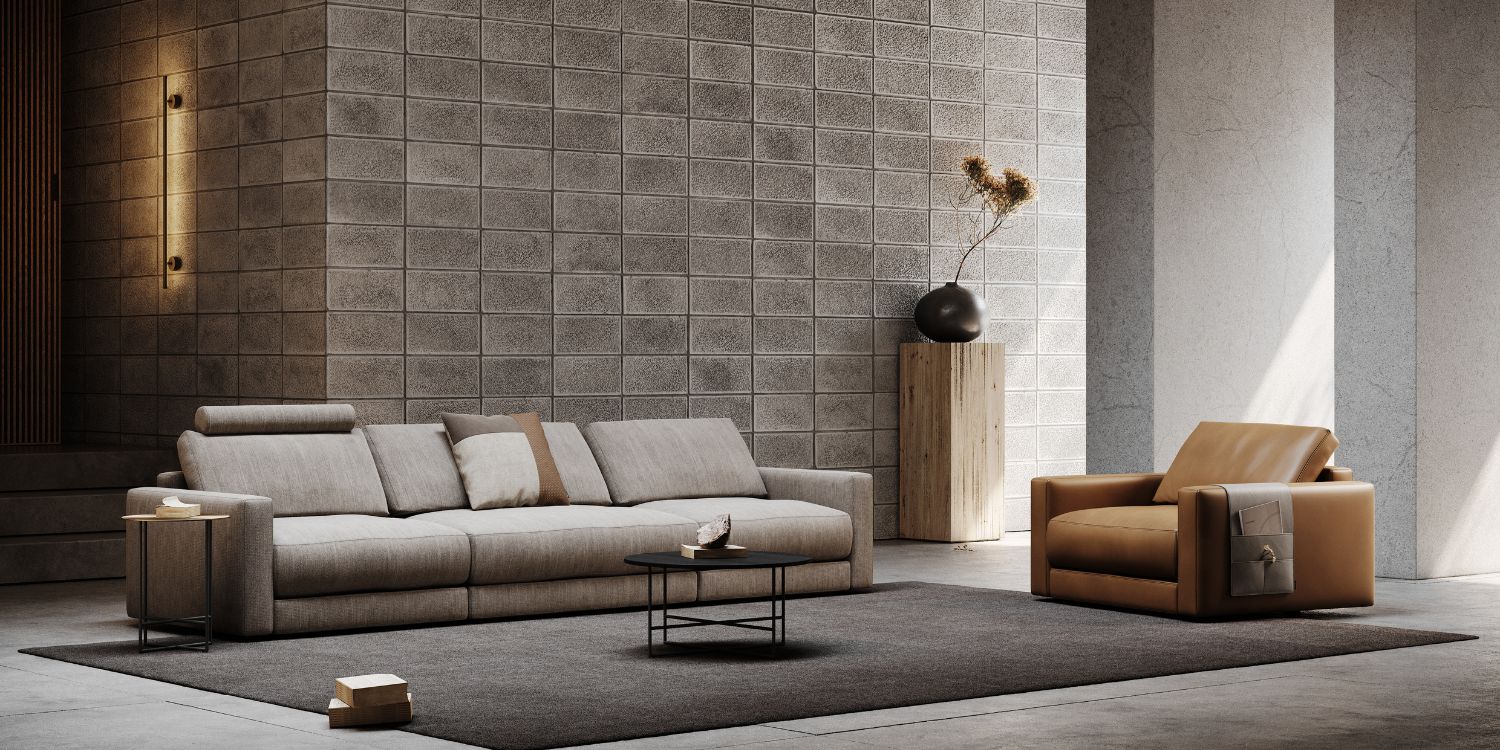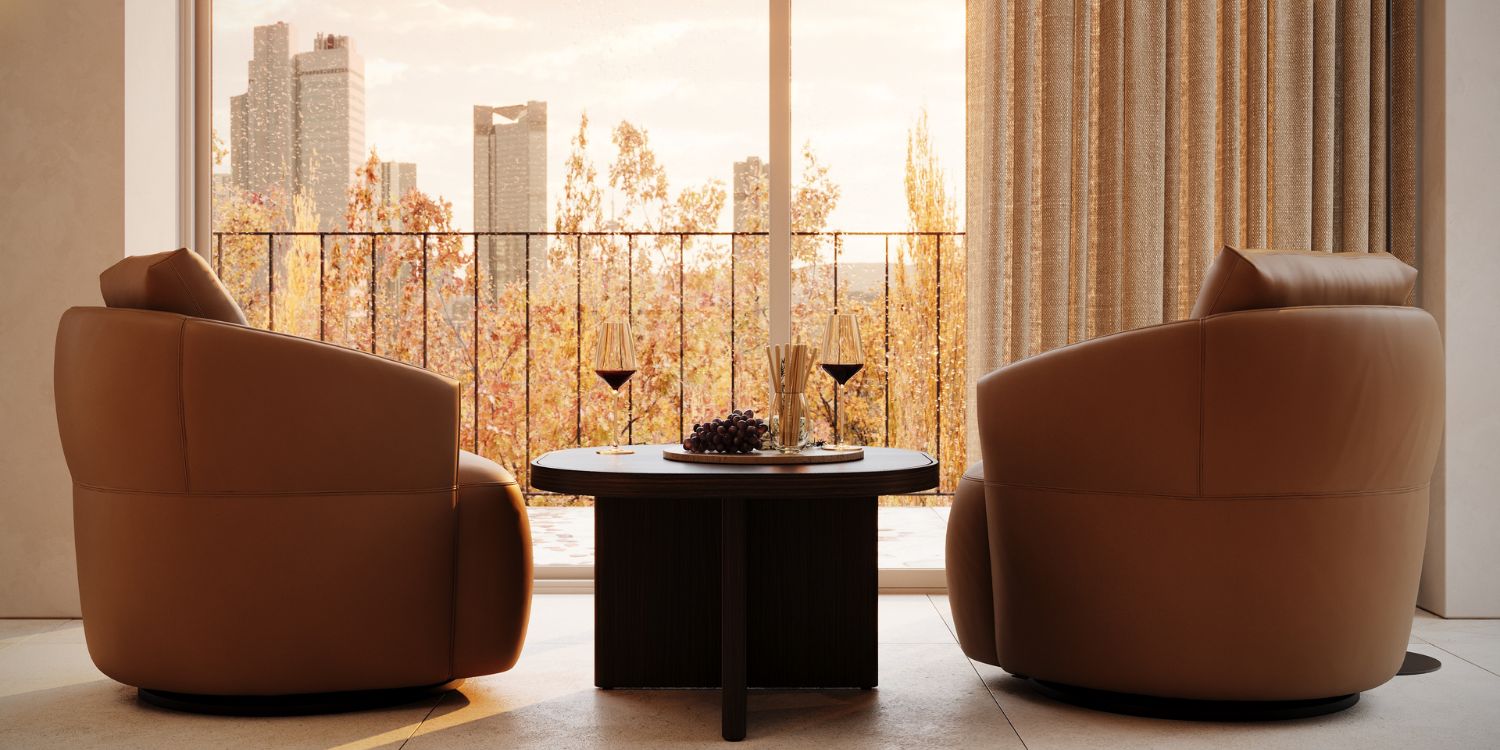Interior design is no stranger to nostalgia and, right now, the 70s are having a serious moment. From fashion to furniture, the warm, earthy tones that defined the era are making a bold return. But why is this happening and how can you embrace the trend while keeping your designs fresh and sophisticated?
Let’s explore the resurgence of 70s colour trends and how they can add depth, warmth and character to modern interiors.
The Allure of 70s Tones
The 70s were all about rich, nature-inspired colours—think mustard yellow, burnt orange, deep browns, olive greens and warm terracotta. These tones exude warmth and cosiness, making them perfect for creating inviting and lived-in spaces. In a time when people are craving comfort and authenticity in their homes, it’s no surprise that these tones are back in demand.
Our Favourite Designs in 70s Colours
Why the Comeback?
So, what’s driving this renewed love for 70s colours? Here are a few key reasons:
Nostalgia & Modernism
Retro aesthetics have a unique charm and many homeowners and designers are drawn to their familiarity. Blending vintage influences with contemporary elements creates a design that feels comforting and fresh.
Sustainability & Nature-Inspired Design
Earthy tones align perfectly with the growing movement toward sustainability and biophilic design. The emphasis on nature-inspired palettes reflects a desire to bring the outdoors in.
A Break from Minimalism
While minimalism still has its place, there’s been a shift toward more expressive, personality-filled interiors. 70s colours allow for bold design choices without feeling overwhelming.
How to Use 70s Colour Trends in Today’s Interiors
While these retro hues are making a comeback, they don’t have to be used exactly as they were decades ago. Here’s how to incorporate them into modern interiors:
1. Pair with Neutrals
Balance bold colours with neutral tones like beige, cream or soft greys to keep the look refined. A mustard-yellow accent chair or terracotta walls work beautifully with muted backdrops.
2. Mix with Contemporary Materials
To avoid a dated look, pair retro shades with sleek materials like marble, brass or matte black finishes. A deep olive-green sofa set against a white marble coffee table? Stunning.
3. Use as Accents
If a full 70s-inspired colour scheme feels too heavy, try incorporating these tones through smaller elements like throw pillows, rugs or artwork. This keeps the aesthetic fresh and adaptable.
4. Go for Textural Layers
The 70s were all about rich textures—velvet, rattan, wood and shaggy fabrics. Bringing in texture alongside these colours enhances the warmth and depth of the space.
The revival of 70s colour trends proves that design is cyclical, but with each resurgence, there’s an opportunity to reimagine the past in a way that feels relevant today. As an interior designer, you can embrace these warm, earthy tones while maintaining a sophisticated and timeless appeal. Whether through bold statement pieces or subtle accents, the 70s palette is a fantastic way to bring character and cosiness to modern interiors.
Are you already using 70s colours in your projects? Let’s talk trends—share your thoughts in the comments!
YOU MAY ALSO LIKE: 2025 Interior Design Trends: 10 Essential Pieces To Elevate Your Projects
We are working every day to bring you the most stylish ideas to fulfil your inspiration and to create the best interior design projects so feel free to follow our Instagram Page and subscribe to our newsletter.

